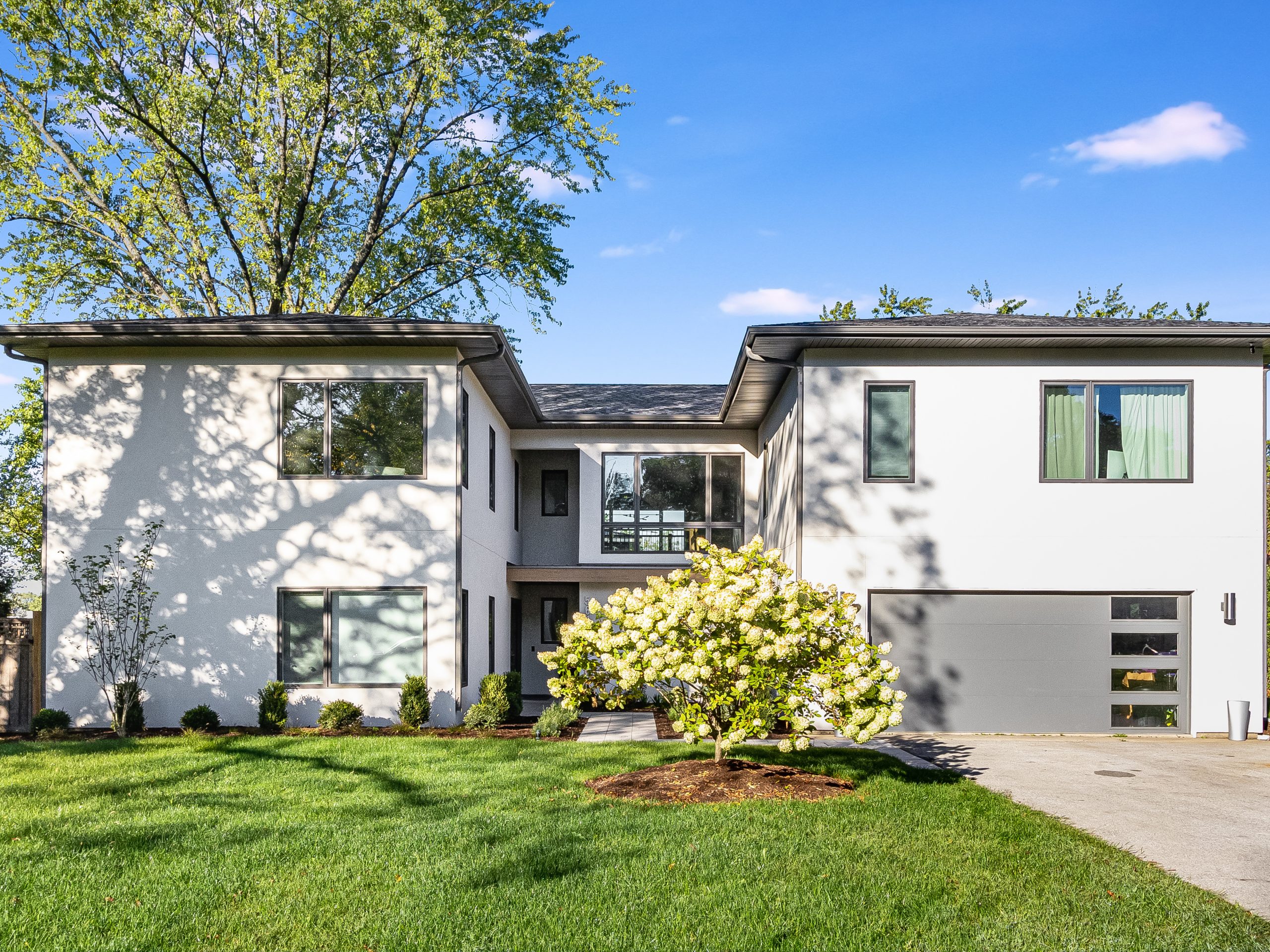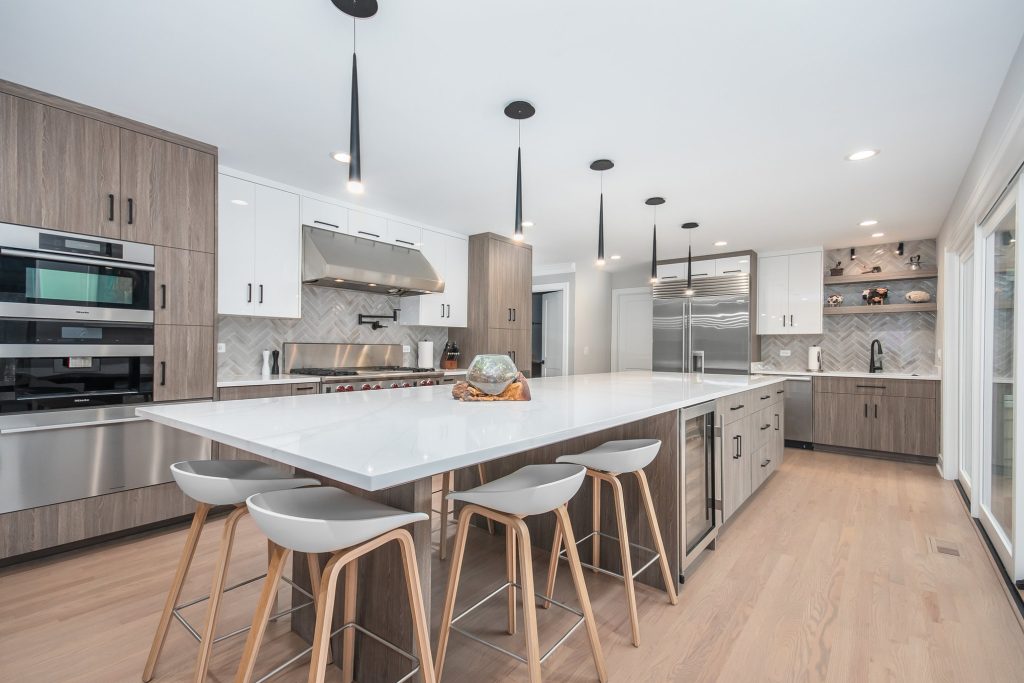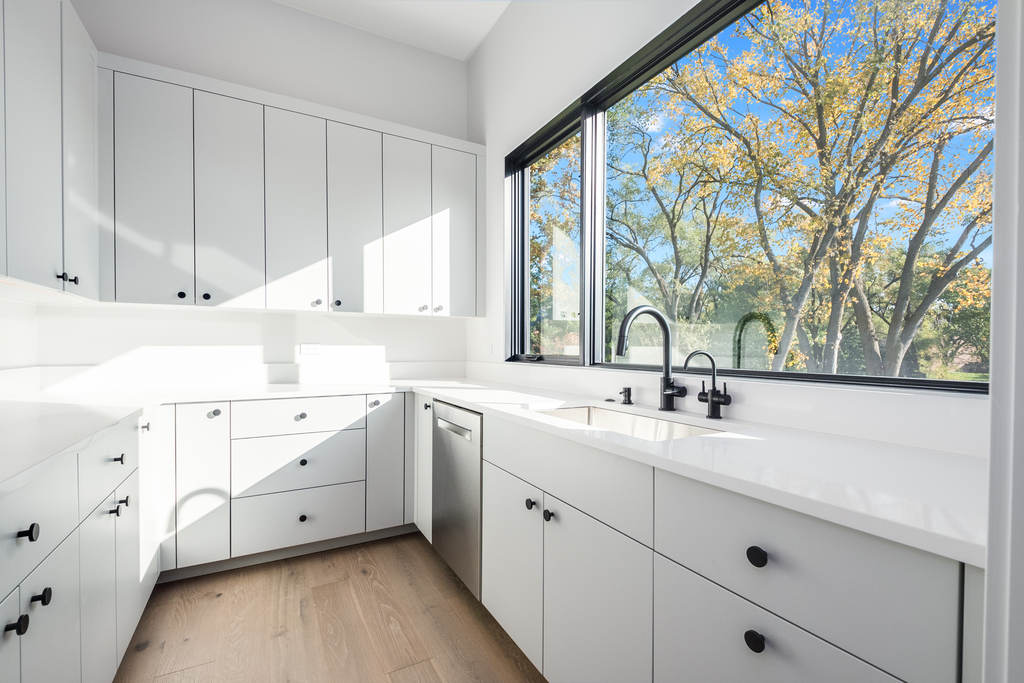Embarking on a construction project without knowing your financing options is a fatal error. However, it’s also a significant financial commitment that requires careful planning, especially when it comes to securing funding. For both home builders and renovators, understanding the various construction lending options available is crucial to ensure a smooth and successful project. In this blog post, we’ll explore some of the key financing options to consider when undertaking a construction project with SG Home Builders.
Traditional Construction Loans
Traditional construction loans are one of the most common financing options for building or renovating a home. These loans typically provide funds in stages or “draws” throughout the construction process. Borrowers can use the funds to pay for land acquisition, materials, labor, and other project-related expenses. Once the construction is complete, the loan can either be converted into a permanent mortgage or paid off in full. Traditional construction loans offer flexibility in terms of loan terms, interest rates, and repayment options, making them suitable for various construction projects.
Construction-to-Permanent Loans
Construction-to-permanent loans, also known as “one-time close” loans, streamline the financing process by combining construction financing and permanent mortgage into a single loan package. With this option, borrowers only need to go through the loan approval process once, saving time and paperwork. Construction-to-permanent loans typically have fixed interest rates during the construction phase, which then convert to adjustable or fixed-rate mortgages once the project is complete. This option provides convenience and stability for both home builders and renovators, with the added benefit of potentially locking in favorable interest rates early in the process.
Home Equity Lines of Credit (HELOC)
For homeowners looking to renovate their existing property, a home equity line of credit (HELOC) can be a viable financing option. HELOCs allow homeowners to borrow against the equity in their homes, providing them with a line of credit that can be drawn upon as needed during the construction process. Unlike traditional construction loans, HELOCs offer more flexibility in terms of borrowing and repayment, as borrowers can choose when and how much to borrow within their approved credit limit. However, it’s essential to consider that HELOCs are secured by the borrower’s home, putting it at risk if the borrower fails to repay the loan.
Cash-Out Refinancing
Another option for homeowners looking to fund a renovation project is cash-out refinancing. With cash-out refinancing, homeowners can refinance their existing mortgage for a higher amount than what they owe and receive the difference in cash. This option allows homeowners to tap into their home equity to fund renovation costs while potentially securing a lower interest rate on their mortgage. However, it’s essential to consider the closing costs associated with refinancing and the impact it may have on the overall cost of homeownership.
Alternative Options
In full disclosure, these can be great options, when the above options do not work. However, at SG Home Builders we do not currently offer these programs, and as a general, do not recommend this type of financing for clients.
Alternative financing options offered by contractors, such as in-house financing or contractor financing programs, can seem attractive at first glance, especially for homeowners looking to fund their construction or renovation projects quickly and conveniently. However, it’s crucial to carefully evaluate the terms and conditions of these financing options before committing, as they often come with higher rates and costs that can significantly impact your finances in the long run.
Contractor financing programs typically involve the contractor partnering with a third-party lender to offer financing solutions directly to their clients. While these programs may offer the convenience of obtaining financing through the same entity handling the construction or renovation work, they often come with higher interest rates and fees compared to traditional lending options.
One common pitfall of contractor financing is that consumers are often sold on the payment rather than the overall rate and term of the loan. Contractors may focus on advertising low monthly payments to entice customers without fully disclosing the true cost of financing. As a result, homeowners may end up paying significantly more in interest and fees over the life of the loan than if they had opted for a traditional financing option with lower rates and costs.
Furthermore, alternative financing options may have less favorable terms and conditions, such as shorter repayment periods or stricter eligibility requirements. Homeowners who choose contractor financing without fully understanding these terms may find themselves facing financial strain or difficulty meeting repayment obligations down the line.
When it comes to financing construction projects, there’s no one-size-fits-all solution. Each option has its pros and cons, and the right choice will depend on factors such as the nature of the project, the borrower’s financial situation, and their long-term goals. At SG Home Builders, we understand the importance of providing our clients with comprehensive guidance and support throughout the construction process, including navigating the complexities of construction lending. By exploring the various financing options available, we can help our clients make informed decisions that align with their vision and budget, ultimately bringing their dream homes to life.


